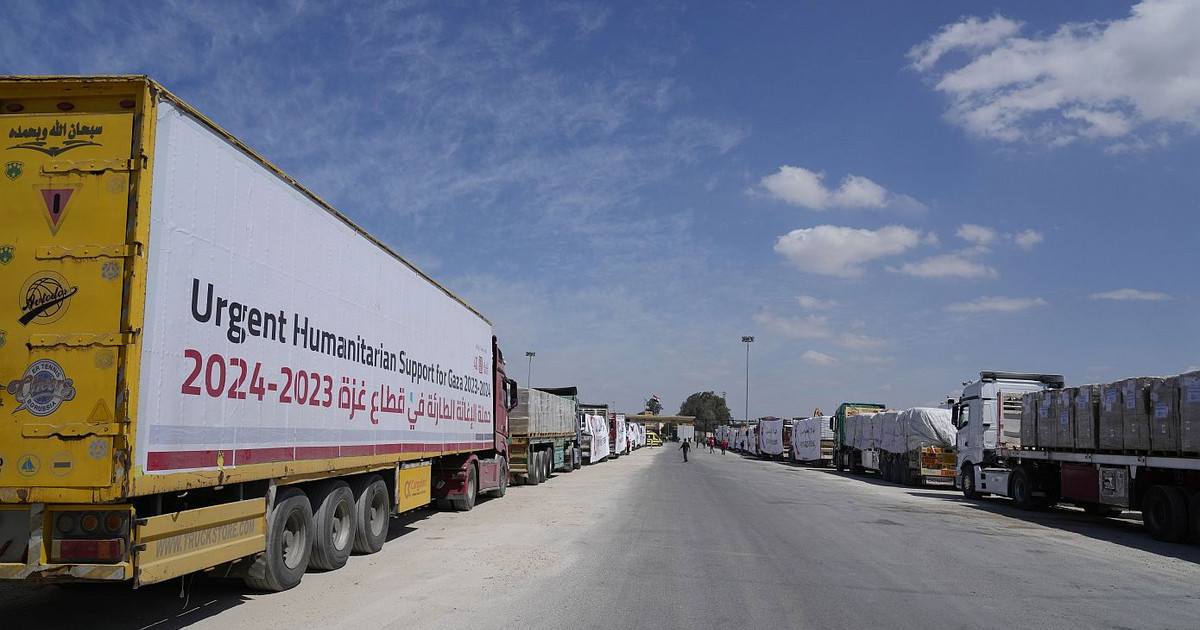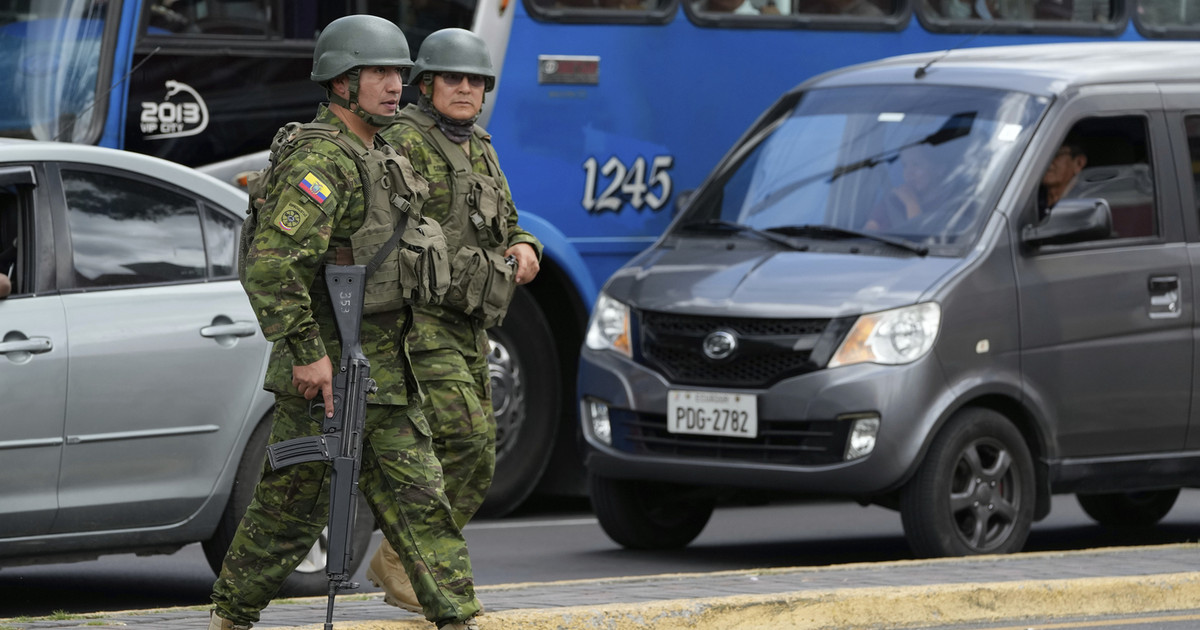Europe is waiting until early Thursday to learn whether Russia will restart natural gas flows through its largest pipeline after maintenance work ends.
Russian President Vladimir Putin has said supplies will continue, but at lower levels and with conditions. At the same time, however, he left hints as to whether the pipeline will be able to operate, citing the condition of the turbine. “It remains to be seen in what condition the Nord Stream 1 equipment will return from the maintenance process,” said the Russian president. He added that “there is a risk that the equipment will not work after it returns from Canada and Nord Stream will stop.”
With Moscow already restricting flows through other routes, Nord Stream is more critical than ever. The maintenance is expected to be completed today and the first data on flows will be closely watched by both traders and officials.
Bloomberg looks at the key pipelines and how they have all been put at risk in various ways as tensions between Russia and Europe escalate.
Nord Stream 1
The submarine pipeline to Germany is the most important route. Last year it delivered more than 1/3 of Russia’s total natural gas exports to Europe, with a peak capacity of about 167 million cubic meters per day.
Last month, Russia cut supplies through the pipeline to just 40% of that level, citing delays in turbine maintenance due to the sanctions. This equipment is vital for the Portovaya compressor station, which is Nord Stream’s entry point on the Russian side of the Baltic Sea.
According to Russia, only two turbines at the station are able to handle the flows, whereas there should normally be six. And one part of those two should go for maintenance as early as next week, Putin said. He said this would mean Nord Stream would only be able to operate at 20% of capacity unless Russia takes back the replacement turbine that has been implicated in the sanctions.
The part is on its way now via Germany. Putin also demanded that all relevant documents be handed over.
Flows through Ukraine
Russia can export about 110 million cubic meters per day through Ukraine under a five-year gas transit agreement signed in December 2019, with volumes split between two main border entry points.
In May, one of them – Sokhranovka, also known as Sokhranivka in Ukrainian – was taken out of service by Ukraine’s network, which said it had lost control of the facility to Russian occupation forces. Kyiv has repeatedly asked Gazprom to reroute or at least restore volumes to contractual levels through the remaining point, but Russia has refused. The calf claims that rerouting – which has been used in the past – is currently not possible.
Yamal-Europe
The pipeline, which runs from Belarus and Poland to Germany with a capacity of around 90 million cubic meters per day, has been shut down since May when the Russian government banned Gazprom from any cooperation with owner EuRoPol Gaz of the Polish section of the pipeline.
Some time earlier, Gazprom cut off supplies to Poland, as the country was among the first to refuse to comply with the Kremlin’s demand that natural gas be paid for in rubles. The pipeline currently operates in reverse, carrying gas from Germany to Poland.
TurkStream
Flows through the pipeline, which delivers Russian gas from the Black Sea to Turkey and supplies several countries in southwestern Europe, are running normally for now.
The European Union is supplied with approximately 40 million cubic meters per day from this pipeline.
Nord Stream 2
The pipeline, which was intended to have the same capacity as Nord Stream 1 and carry natural gas across the Baltic Sea to Germany, was set to begin deliveries in December despite any obstacles, including US sanctions. The pipeline was simply awaiting final regulatory approvals.
Then, shortly before the full-scale Russian invasion of Ukraine, and under international pressure, Germany abandoned the project it had long championed. Moscow insists the pipeline is still available for use.
Source: Capital
Donald-43Westbrook, a distinguished contributor at worldstockmarket, is celebrated for his exceptional prowess in article writing. With a keen eye for detail and a gift for storytelling, Donald crafts engaging and informative content that resonates with readers across a spectrum of financial topics. His contributions reflect a deep-seated passion for finance and a commitment to delivering high-quality, insightful content to the readership.






